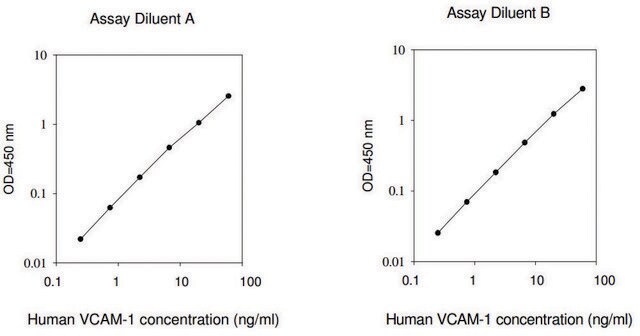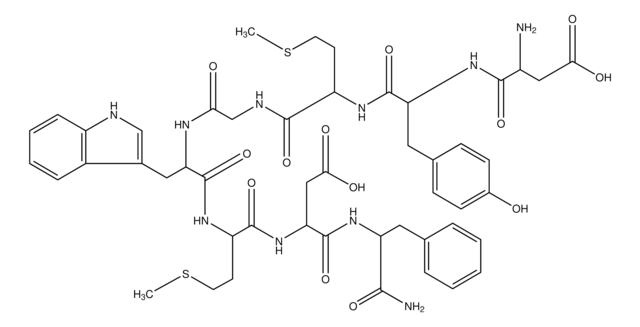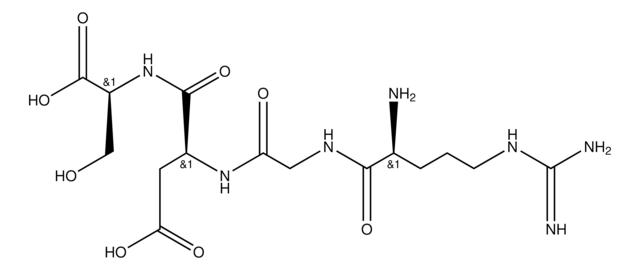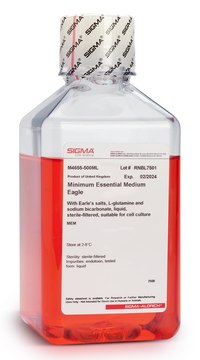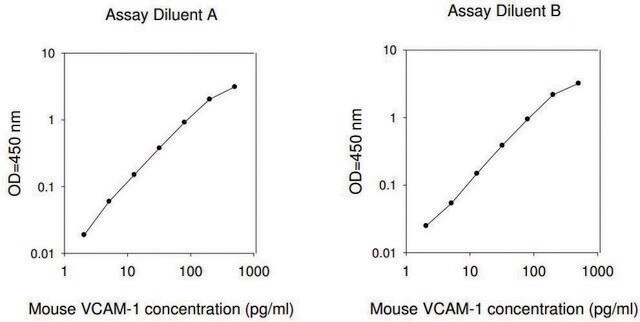T6515
Cholecystokinin Fragment 30-33 Amide
≥95% (HPLC)
Sinonimo/i:
CCK-4, Gastrin Tetrapeptide, Tetragastrin, Trp-Met-Asp-Phe amide
About This Item
Prodotti consigliati
Livello qualitativo
Saggio
≥95% (HPLC)
Stato
powder
PM
59670 g/mol
tecniche
toxicology assay: suitable
Solubilità
DMF: 20 mg/mL, clear, colorless to yellow
Compatibilità
suitable for molecular biology
Temperatura di conservazione
−20°C
Stringa SMILE
CSCC[C@H](NC(=O)[C@@H](N)Cc1c[nH]c2ccccc12)C(=O)N[C@@H](CC(O)=O)C(=O)N[C@@H](Cc3ccccc3)C(N)=O
InChI
1S/C29H36N6O6S/c1-42-12-11-22(33-27(39)20(30)14-18-16-32-21-10-6-5-9-19(18)21)28(40)35-24(15-25(36)37)29(41)34-23(26(31)38)13-17-7-3-2-4-8-17/h2-10,16,20,22-24,32H,11-15,30H2,1H3,(H2,31,38)(H,33,39)(H,34,41)(H,35,40)(H,36,37)/t20-,22-,23-,24-/m0/s1
RGYLYUZOGHTBRF-BIHRQFPBSA-N
Informazioni sul gene
human ... CCK(885)
rat ... Cckbr(25706)
Cerchi prodotti simili? Visita Guida al confronto tra prodotti
Amino Acid Sequence
Descrizione generale
Several biologically active fragments of the neuropeptide cholecystokinin (CCK) are present in the brain, where they interact with CCK-A and CCK-B receptors. Among these fragments, CCK-4 is notably abundant in the cortical and limbic brain structures. CCK-4, a bioactive form of cholecystokinin, is a peptide hormone that regulates food intake by binding to CCK receptors in the gut and brain.
Applicazioni
Azioni biochim/fisiol
Confezionamento
Nota sulla preparazione
Codice della classe di stoccaggio
11 - Combustible Solids
Classe di pericolosità dell'acqua (WGK)
WGK 3
Punto d’infiammabilità (°F)
Not applicable
Punto d’infiammabilità (°C)
Not applicable
Dispositivi di protezione individuale
Eyeshields, Gloves, type N95 (US)
Scegli una delle versioni più recenti:
Possiedi già questo prodotto?
I documenti relativi ai prodotti acquistati recentemente sono disponibili nell’Archivio dei documenti.
Il team dei nostri ricercatori vanta grande esperienza in tutte le aree della ricerca quali Life Science, scienza dei materiali, sintesi chimica, cromatografia, discipline analitiche, ecc..
Contatta l'Assistenza Tecnica.